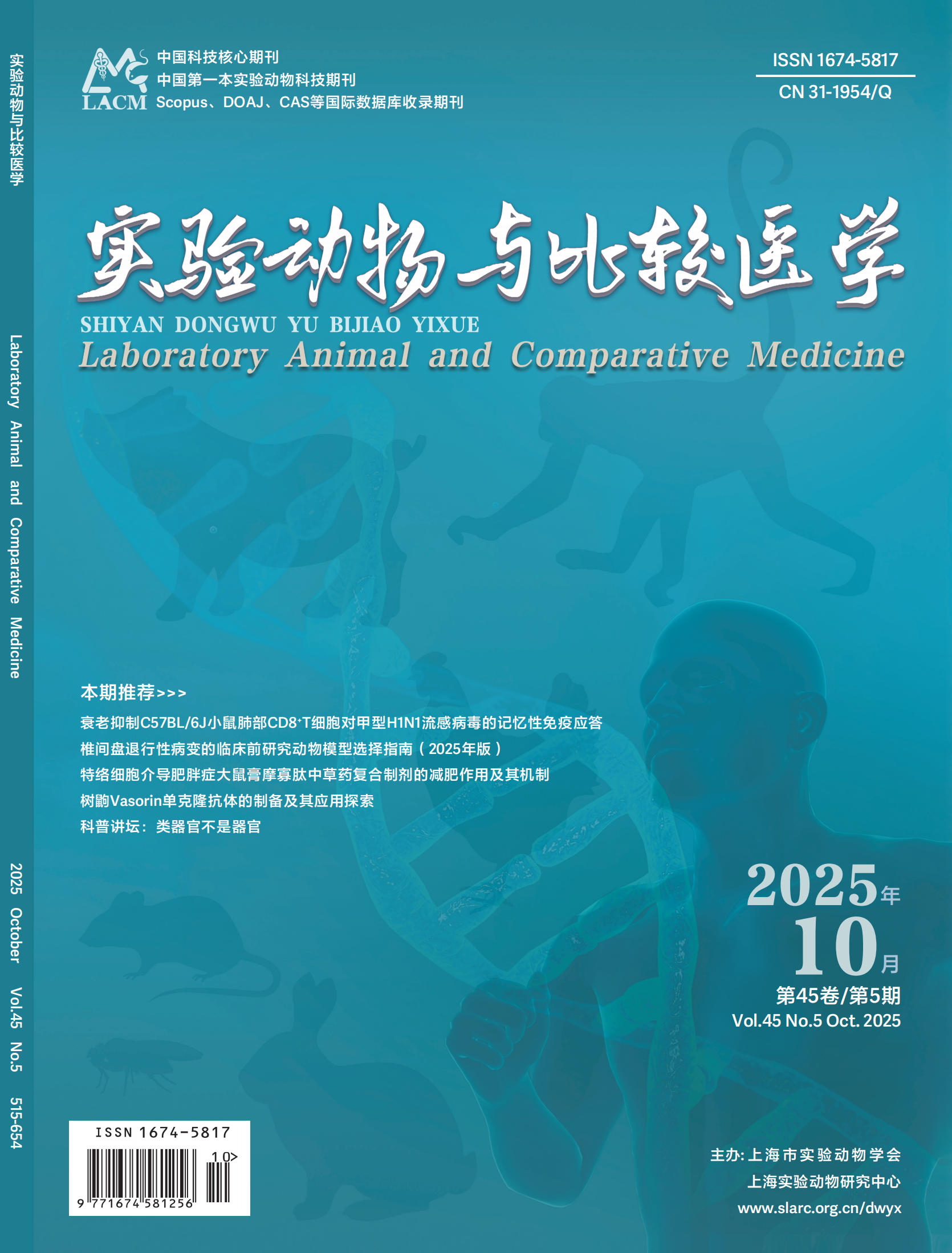Objective This study explores the methods of lung tissue extraction and fixation required for pathological studies of fetal rats, based on the unique physiological structure of fetal rat lung tissue and existing lung tissue fixation techniques for adult rats. Methods Six pregnant adult SD rats at 20.5 days of gestation were subjected to cesarean section to obtain fetal rats. Four healthy fetal rats with similar body weight, vital signs, and respiratory status were selected from each pregnant rat, and they were randomly divided into the following groups using a random number table: direct lung infiltration group, lung infiltration group after intratracheal infusion, whole-body infiltration group of fetal rats, and whole-body infiltration group after intratracheal infusion of fetal rats. To systematically compare and analyze the anatomical morphology under different fixation methods, lung tissues from four groups of fetal rats were harvested, perfused, and fixed, and the gross morphology of lung tissues in each group was observed. Paraffin sections were prepared and stained with Hematoxylin-Eosin (H&E). The histological morphology of the whole lung, alveoli, and bronchi was further examined under optical microscopy. Results In the direct lung infiltration group, the hilar structures were unclear, lung lobation was indistinct, the shape was irregular, lung cavities were small, and alveoli and bronchi were shrunken. In the lung infiltration group after intratracheal infusion, the hilar structures were clear, lobation was pronounced, the shape was regular, lung cavities were large, and alveoli and bronchi were full. Both the whole-body infiltration group and whole-body infiltration group after intratracheal infusion of fetal rats exhibited visible lungs, hearts, skins, and other organs. The lung tissues of both groups showed obvious lobulation, irregular shape, and damage at the margins of lung lobes. In the whole-body infiltration group, the thoracic cavities of the fetus were flattened, lung cavities were small, and alveoli and bronchi were shrunken. In the whole-body infiltration group after intratracheal infusion of fetal rats, the fetal thoracic cavities were full, lung cavities were large, and alveoli and bronchi were relatively full. Conclusion The lung infiltration after intratracheal infusion method for fetal rat lung tissue fixation outperforms direct lung infiltration, whole-body infiltration of fetal rats, and whole-body infiltration after intratracheal infusion of fetal rats in terms of preservation of the lung tissue's original morphology, paraffin sectioning, staining, and pathological observation and analysis. The embedding, sectioning, and staining processes are also simple and save consumables. Therefore, intratracheal infusion followed by lung infiltration method is recommended for fixation in histopathological observation of fetal rat lung tissue.

